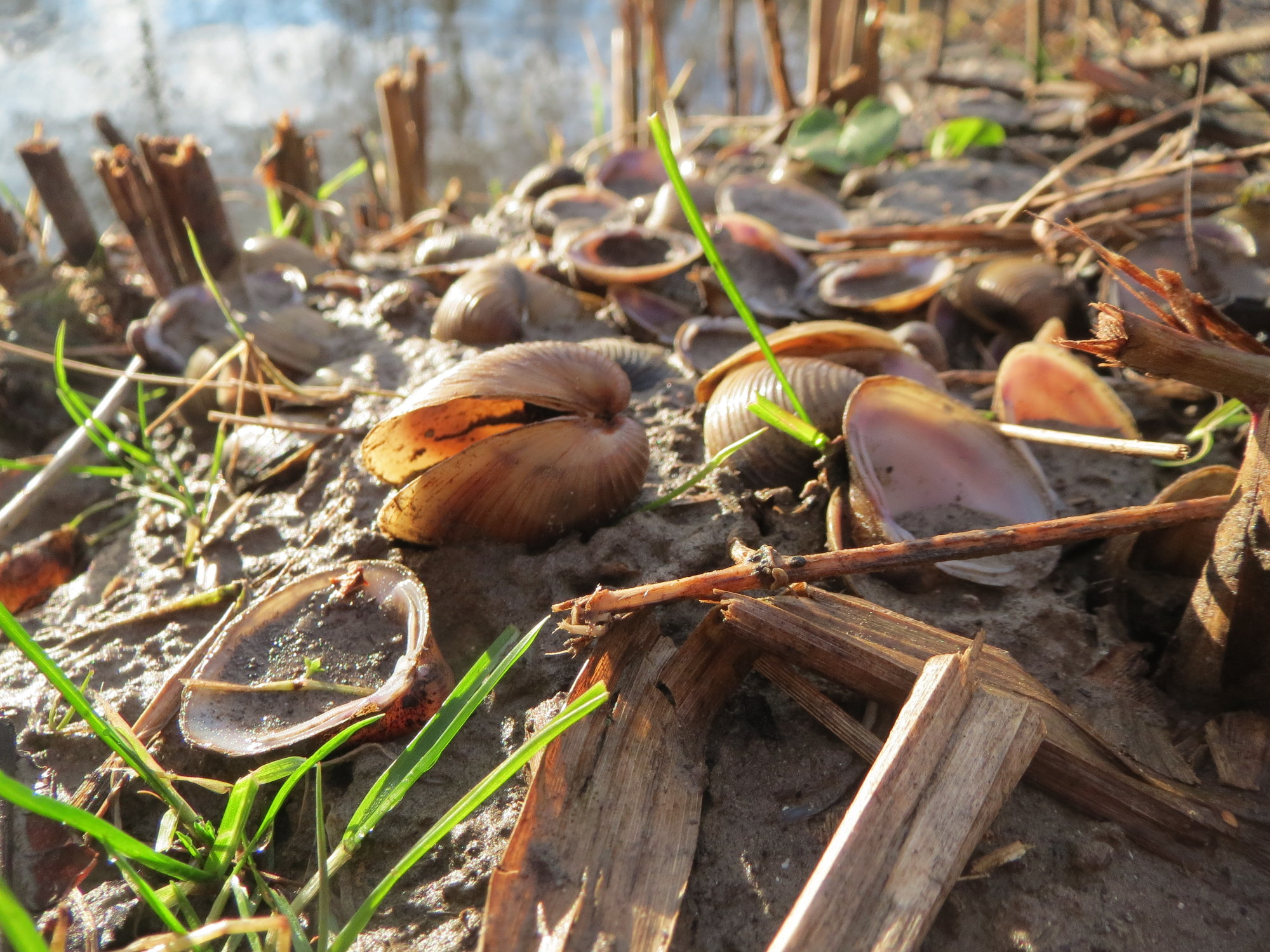One Foot and a Sail
It was about 50 years ago that Chinese immigrants to the United States brought some freshwater clams with them. It is known that today the clam is found in at least 35 states. That’s an amazing amount of territory to cover in only 50 years for a creature that only has one foot.

The spread of the Asian clam costs industry over a billion dollars per year to unclog water intake pipes. Scientists began to wonder how the creature could travel so rapidly, even going from lake to lake and stream to stream.
What scientists learned was that when the Asian clam encounters a current, it sets sail. Lifting off with its one foot, it releases a transparent film that catches the current like a sail. It sails off, using its foot like a rudder. This explains not only why it spreads so rapidly down rivers, but how the clam could spread from one body of water to another during floods.
The Asian clam’s ability to sail is a clever design. So, too, is the balance of nature which prevents creatures from over-populating. Unfortunately, the Asian clam in the United States has few enemies to keep it under control. If evolution were true, such lack of balance would be the rule in nature. But balance exists, keeping each creature fed but not over-populated in their natural settings, and is another witness to our Creator.
Psalm 104:24-25
“O LORD, how manifold are thy works! in wisdom hast thou made them all: the earth is full of thy riches. [So is] this great and wide sea, wherein [are] things creeping innumerable, both small and great beasts.”
Prayer: Dear heavenly Father, the balance You have designed between all living things, so that they can make their livings and yet do not run out of control, shows Your continuing love toward the fallen creation. Help me to be a clear and specific witness to Your love for us in Jesus Christ. Amen.
Photo: Asian clams (corbicula fluminea), AnRo0002, CC0, Wikimedia Commons.